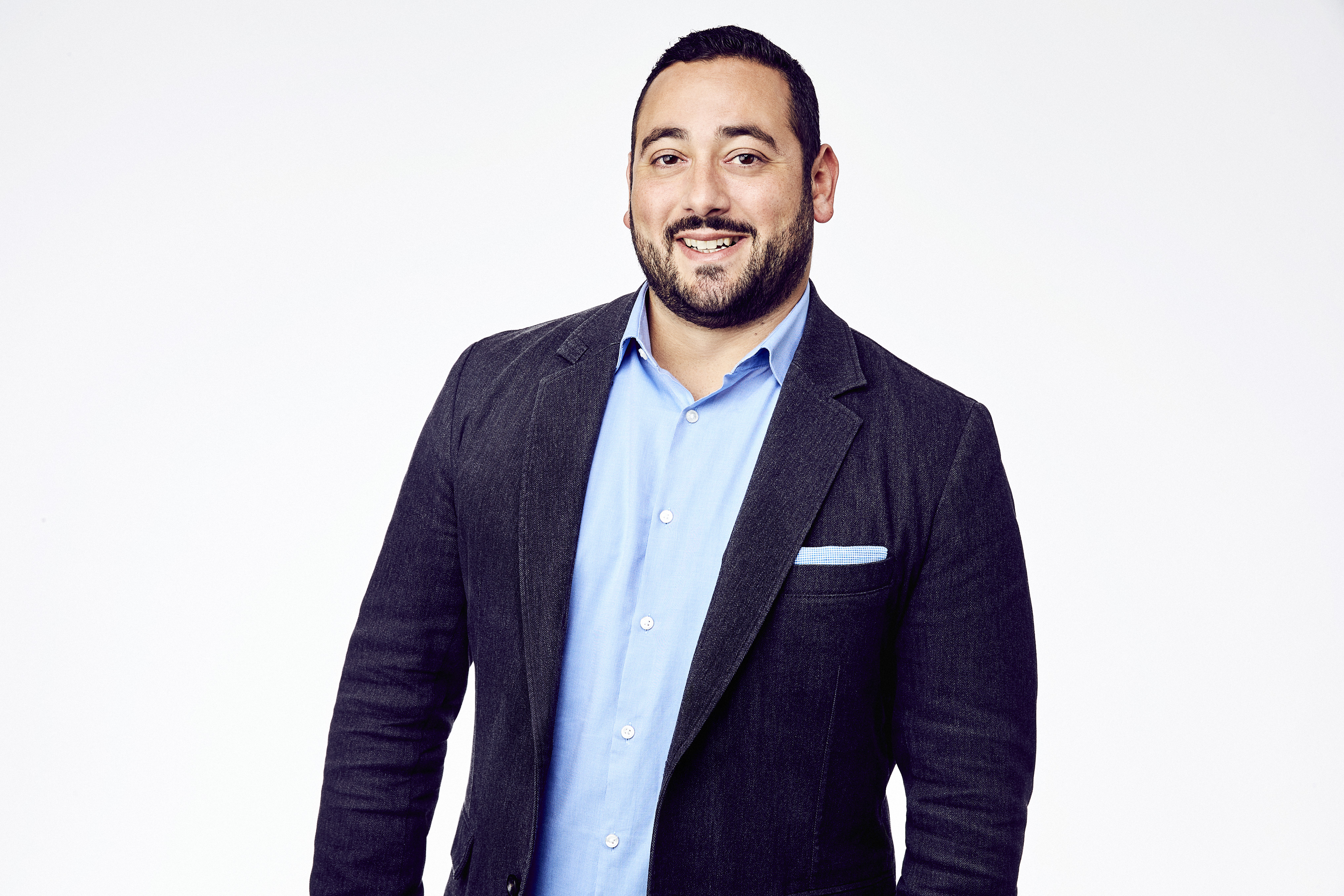WarnerMedia's Dan Aversano: Bringing TV Attribution Into Focus

Renown author Kurt Vonnegut once said, "In this world, you get what you pay for." But this hasn't been true in advertising, where it's been long assumed that John Wannamaker was correct when he said, "Half the money I spend on advertising is wasted; the trouble is I don't know which half."
Rising consumer interaction with digital devices — such as desktop computers, tablets, and smartphones — make it more possible than ever to attribute ad spending to a marketer's goals; for example, boosting store visits, brand lift, and sales. Because of this, attribution has long been a staple of digital, search, and social ad campaigns. But, recently, evolving dynamics in the television industry have led to increased investment in and adoption of attribution focused on what is still the most powerful medium in the world.
A leading driver of this shift is WarnerMedia, which is leveraging its broad portfolio of brands across the company, combining it with data and insights from Xandr. WarnerMedia is also introducing new and enhanced products and solutions for clients to truly understand and optimize how their ad dollars work through the entire marketing funnel.
MediaVillage spoke with Dan Aversano, WarnerMedia Ad Sales' senior vice president of ad innovation and programmatic solutions, who's been at the forefront of the company's efforts in attribution.
Michael Smith: Attribution can mean different things to different constituents in the marketing and media industry. How do you define it?
Dan Aversano: Attribution is the ability to take media exposure and attribute the behavior that it's creating. Ultimately, advertisers are trying to make consumers think something, say something, or do something. Attribution is the ability to take what people think, say, and do, and then attribute these pieces to different media exposures.
Smith: Why do you think TV attribution has gained so much attention recently?
Aversano: It starts with the data. New and more interesting datasets have hit the market, including lots of commercially available set-top-box, return-path, and ACR data. We have better behavioral data sets, [such as] credit card data and geolocation data. Now you can put it all together. With some simple analytics, we can understand the ad that you saw on TBS at two o'clock actually made you jump in the car, go to Applebee's, and sit down and order a meal. And then I also have credit card data that tells me you spent $46. Of course, we have a deep history in privacy protection, and we handle all of this information with the utmost privacy compliance. Companies are really starting to understand the power of these attribution capabilities.
Smith: A lot of TV viewing is moving from linear set-top boxes to connected TVs. What's the data situation there?
Aversano: Connected TV — CTV — is a huge priority for us. It affords us the opportunity to change ad models and ad formats, which we think is going to be better for the consumer experience.
The CTV data landscape is a bit all over the map. We are often dependent on third parties like vMVPDs and platform players [such as] Roku, Apple, and Amazon, which hold the keys to the CTV data kingdom. We're working with them to increase data sharing so we can put the right ads in front of the right people and measure efficacy and attribution.
We're especially excited because, with our new direct-to-consumer service, HBO Max, we're going to have additional first-party data from our own product.
Smith: How has the relationship with Xandr accelerated your strategy?
Aversano: Xandr has put a lot of time, effort, and resources against building out best-in-class attribution solutions. That's everything from tactical data matching and mapping work to building out and automating best-in-class analytics. We used to go out of house and wait three to six months for attribution analytics. With Xandr in-house, we get key information with incredible speed and efficiency, opening the door for in-flight optimization.
Smith: Which categories of advertisers have been most interested in using some form of attribution for their TV investments?
Aversano: We've seen the most advancements from the [brands] with the best and cleanest data. Physical stores have started to push the pedal on geolocation data. Auto, casual dining, home improvement, travel, and financial advertisers are also very active.
Smith: It seems like a no-brainer to lean into attribution. What's holding some marketers back?
Aversano: Many advertisers ask themselves, should I invest the time, effort, and money to stand up a solid attribution process, or am I still better with just a spray-and-pray? We think there's still big upside for advertisers from increased ROI and lower cost-per-conversion. We believe that juice is worth the squeeze.
Click the social buttons to share this story with your friends and colleagues.
The opinions and points of view expressed in this content are exclusively the views of the author and/or subject(s) and do not necessarily represent the views of MediaVillage.com/MyersBizNet, Inc. management or associated writers.


